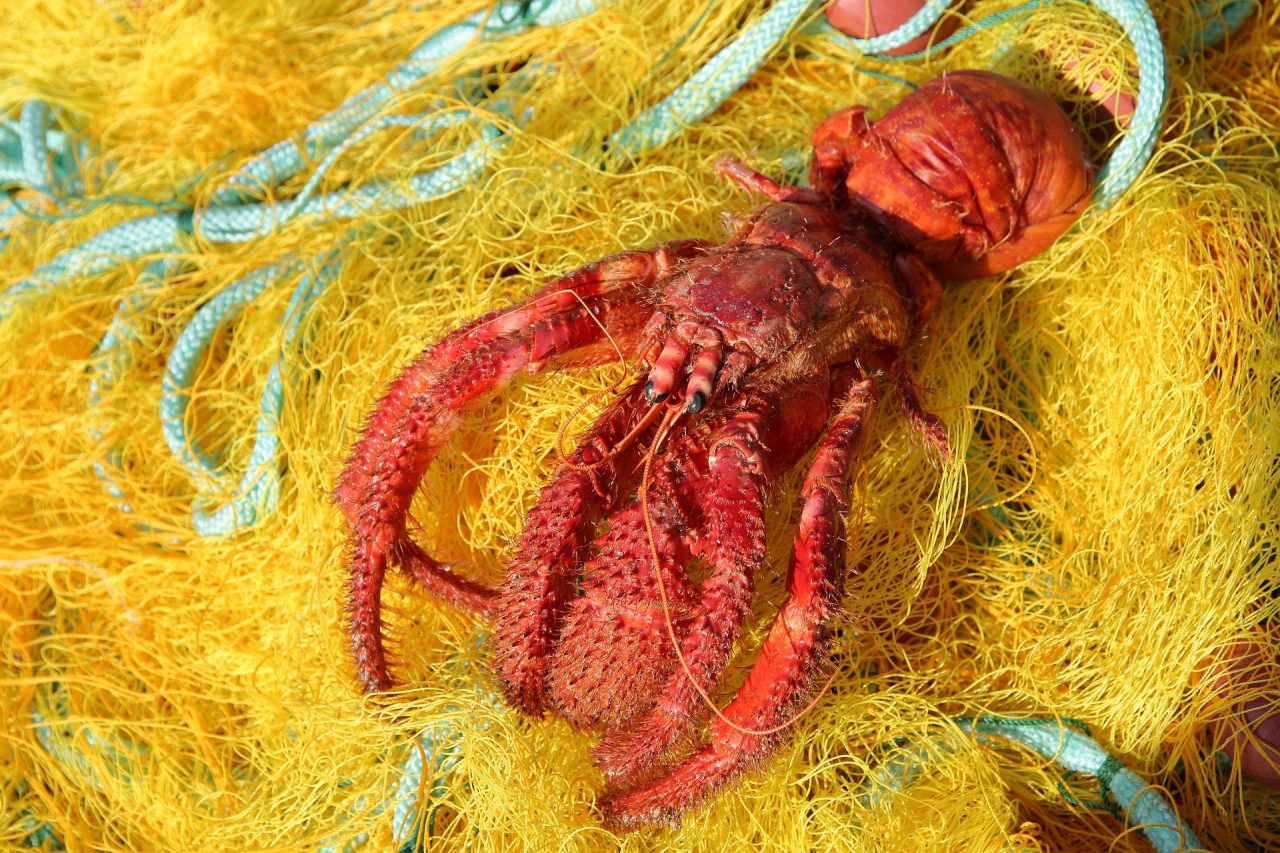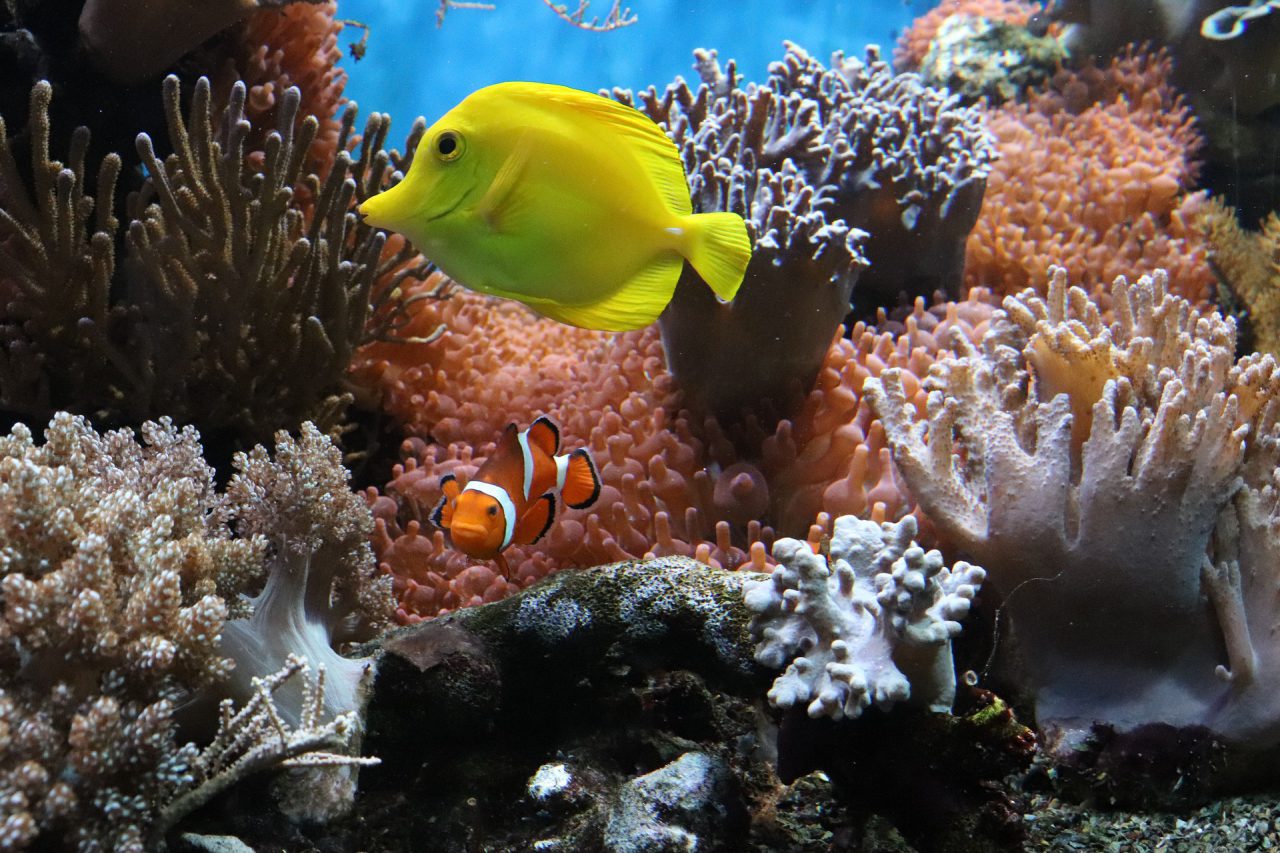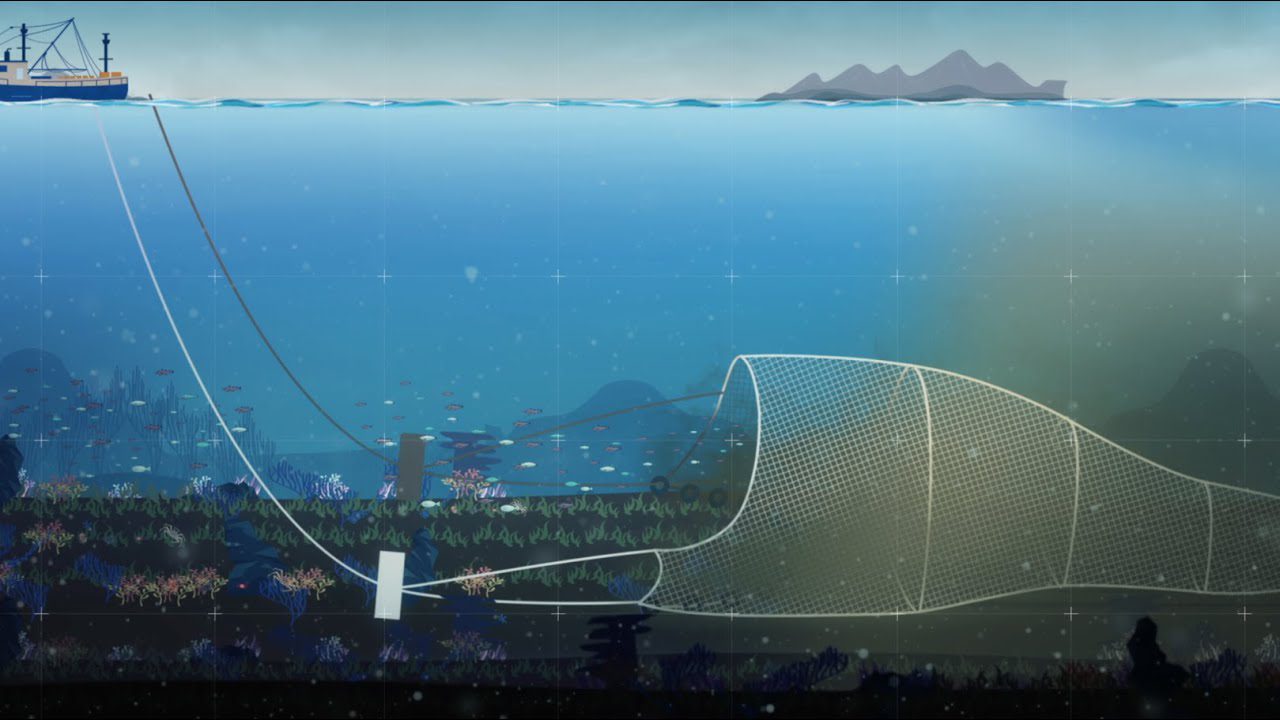What Is Bottom Trawling?
Trawling is a fishing practice in which a boat tows a net through the water to trap fish. This is done at various depths depending on the desired catch. When the net is towed along the seafloor, the technique is called bottom trawling. Heavy nets hundreds of yards wide with weighted rollers and steel doors are dragged across the ocean floor to scoop up cod, halibut, flounder, rockfish, shrimp, and other deep-dwelling ocean life.
There are two types of bottom trawling; Bent Trawling which involves dragging a net at the bottom of the ocean, and Demersal Trawling which is the process of towing the net just above the benthic zone.
“Now, new research reveals another big problem: carbon emissions.”
Bottom trawling is designed specifically to catch groundfish species and invertebrates like cod, rockfish, and shrimp. Boats, called “Trailers” are used for bottom trawling. Their size can range from small to the scale of large factories
The ocean mud is churned into underwater clouds big enough to be visible from space, preventing sunlight from reaching plants and disturbing nutrients in the water. Worms and other bottom-dwelling creatures are left homeless and exposed.
Bottom Trawling Leads To Overfishing
Trawl nets are quite large and trawlers move these nets across long distances, causing ensnaring large numbers of sea life. Continuation of such operations at the current rate can rapidly deplete fish stocks, which can even lead to the extinction of certain fish species in the long run.
Unwanted “Bycatch” is Caught in the Net

Shrimp fisheries are one of the worst bottom trawlers. Shrimp nets utilize smaller mesh, thus larger fish cannot escape if caught in the net. Often, shrimp operations catch 10 fish for every one shrimp. The catch can include young and baby fish which have no market value leading to the depletion of marine animal populations.
Bottom Trawling Destabilises The Seafloor
The seafloor is a very stable ecosystem. As the calmest part of the ocean, currents, temperature, and other natural conditions remain basically undisturbed. When these heavy nets are dragged along the seafloor, they stir up sediments as well as the water, resulting in a destabilization of the seafloor.
Bottom Trawling Kills Marine Plants and Animals
Deep-sea corals play an extremely vital part in the deep-sea ecosystem. Coral reefs and coral groves on the ocean floor serve as the hiding and spawning grounds of many species of fish. The destruction of these corals adversely affects the species dependent on them.

Bottom Trawling Contributes to Climate Change
This centuries-old fishing method is responsible for about one-fourth of sea life caught worldwide. Studies continuously reveal how incredibly destructive and wasteful this practice is — even more so as these trawlers go into deeper ocean habitats.
New research reveals another big problem: carbon emissions
The ocean floor stores twice as much carbon as the soil on land. Undisturbed, it can retain these deposits for tens of thousands of years. When disturbed by trawling, however, these carbon stores are brought to the surface where microbes consume the carbon, converting it to carbon dioxide. The amount of CO2 released is similar to that produced by the aviation industry.
These new findings create urgency worldwide to limit or ban bottom trawling altogether. Bottom trawling is already restricted in many places, including most of the West Coast of the US and vast areas around Australia and Europe. According to Phys.org “If bans could be expanded from less than 3% of the ocean to 3.6%—without any affected trawl operations moving to other areas—the researchers estimate that it would be possible to eliminate 90% of the risk of carbon disturbance.”
Restrictions on bottom trawling would have other benefits too, such as improving harvests for fishermen who use standard techniques, such as stationary nets and longlines. Studies suggest that they could allow seafloor ecosystems and fish stocks to recover.
Trawling bans also stand to benefit fishing communities over the long term by increasing total catches.
Article Author:

Toni Zouhar
Content Strategist

